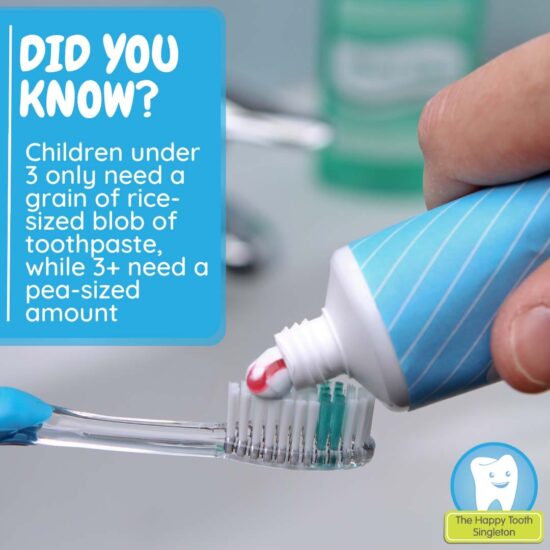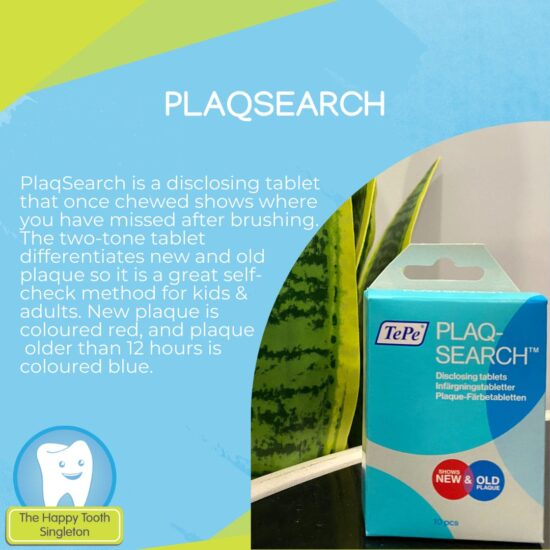Our dentists may recommend a dental filling to fill a small hole in your tooth as a result of tooth decay. Dental fillings are also useful for restoring small chips and cracks in your teeth. A dental filling aims to seal the hole in your tooth. This prevents more bacteria from entering and causing further decay.
Maintaining regular dental check-ups means your dentist can help you prevent tooth decay, and also diagnose and treat it early. Dental fillings are a simple, routine procedure and may be the difference between a healthy tooth and needing root canal therapy.
At our Singleton dental practice, we use tooth-coloured restoration material. So, not only do our dental fillings prevent further damage, but they also blend in with your surrounding tooth for a natural-looking finish.
The Types of Fillings We Use
We use two different types of white filling material. Your dentist will recommend the type most suitable for you. White fillings are completely set once your appointment is finished, needing only one visit
Composite Resin Fillings
Composite resin fillings make good dental fillings except in cases where the decayed or damaged area needing filling is large or subject to heavy chewing. Composite dental fillings provide a natural-looking and cost-effective solution for repairing small cavities.
Porcelain Inlays and Onlays
Porcelain is very strong and has a close resemblance to natural tooth material. For this reason, our dentists often recommend porcelain fillings in cases where there is a large hole in your tooth or part of it missing.
Having a porcelain onlay or inlay is less invasive than having a crown and preserves more of your natural tooth for strength and support.
The Process For Having a Filling
If during a dental check-up your dentist determines that you need a filling, they will schedule you in for another appointment for treatment.
We understand that having a dental filling can be daunting for some patients. Our team goes above and beyond to ensure that you are as comfortable as possible at all times. With modern-day anaesthesia and the way we administer it, you’ll hardly feel a thing.
Once the area is completely numb, your dentist will remove the decayed or damaged parts of your tooth. The goal is to remove all the decay whilst preserving as much of your natural tooth structure as possible.
When the cavity has been cleaned and disinfected, it’s time for the hole to be sealed. Regardless of which type of dental filling you receive, by the time you leave your appointment, it will be fully set.
Your dentist will finish off the process by checking your bite, making any minor height adjustments and then polishing the filling for a natural-looking and feeling finish.
Tooth Filling After Care
Because composite resin and porcelain dental fillings are quick-setting, you can resume eating shortly after your appointment. Our dentists recommend that you wait a couple of hours for your anaesthetic to wear off though. This will avoid you biting your lips, cheeks or tongue.
Over the long term, taking care of a dental filling needs nothing more than a good oral hygiene regime. Brushing your teeth and flossing will help extend the life of your dental filling. Maintaining regular dental check-ups will prevent further decay and the need for more fillings down the track.
Dental Filling FAQs
Our friendly front desk team is more than happy to answer any questions you may have. For quick reference, here are the answers to some questions about dental fillings that we get asked often:
How long does a filling last?
The material your dentist uses for your filling will help give you an idea of how long it should last. Your oral hygiene regime will play a significant role in the life of your dental filling. At our dental practice, we use tooth coloured fillings (composite resin and porcelain). These last between 5 to 15 years. Porcelain is the stronger and longer-lasting material of the two.
When should I replace a filling?
You may be lucky and not need to replace a filling. Chances are though, that over your lifetime you may need to replace a filling that has done its time. Fillings, like your natural teeth, can become worn and damaged over time. In some cases, a filling may fall out. fortunate enough to never need a replacement filling.
Sometimes a tiring filling can be difficult to spot yourself. However, in a routine dental check-up, your dentist will know exactly what to look for.
Are fillings covered by my private health insurance?
Fillings fall under ‘general dental’, which may be a feature of your private health insurance policy. Any applicable limits or waiting periods will be specific to your provider and level of cover. We can provide you with the treatment codes to check with your insurer whether you’re covered and up to what amount.
Will I experience pain after having a filling?
It’s normal to experience slight sensitivity around the area for a few days post-treatment. Though some patients experience little to no discomfort at all. Any discomfort you do experience should be short-lived. If you experience ongoing discomfort after having a filling, you should contact your dentist.
Are fillings good for your teeth?
As dentists, our aim is always to preserve as much of your natural tooth structure as possible. Fillings are good for preventing further damage from occurring when decay, chips or cracks are present. Optimally though, you want to prevent decay and damage and the need for dental fillings.


